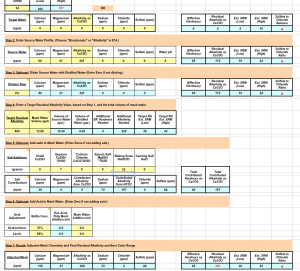
A water chemistry spreadsheet, calculating the RA required for a dark beer. Water calculators based on this equation can overestimate the amount of bicarbonate ions required in the darkest beers.
Russian imperial stouts are big beers with lots of roast flavor. They are frequently heavily hopped as well. (The BJCP give the OG range as 1.075–1.115, with 50–90 IBU of bitterness.) There’s a lot of variation among commercial examples. The level of roast, the amount and character of the hops, sweetness, the level of carbonation, and the level of yeast-derived esters all vary.
In addition, the character of this beer can change with age. With its high alcohol content and dark malts, it is particularly well-suited to cellaring. In the best examples, aging adds Sherry-like notes to the beer. Of course, some of the hoppier examples are best consumed when they are fresh, before their hop character begins to deteriorate. For beers that are aged, barrel aging and especially bourbon barrel aging are popular options.


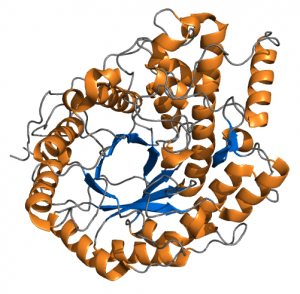
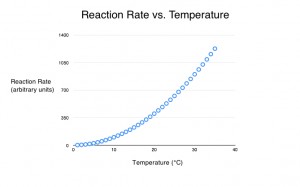
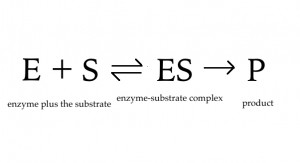
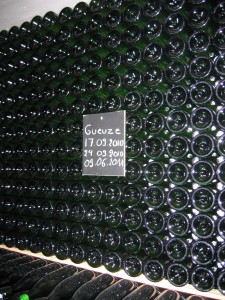


Recent Comments